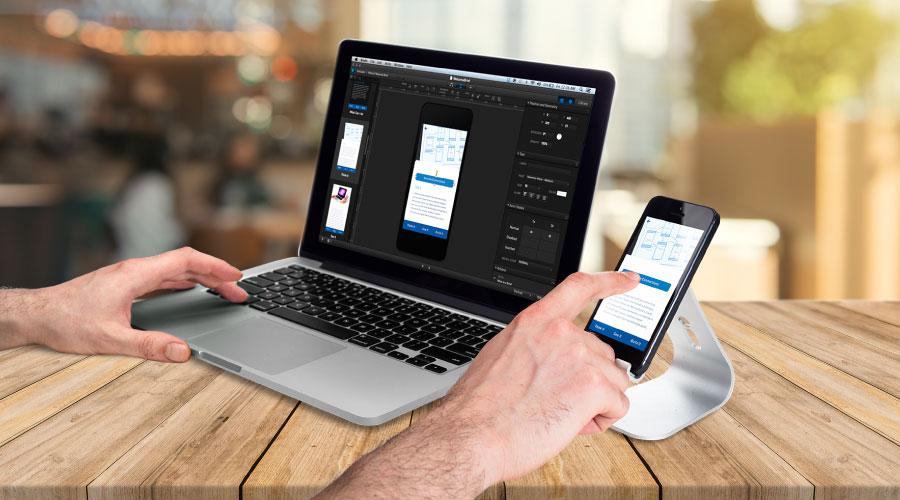
Approximately there are about 3 million mobile applications running on Google as well as Apple store. The number of applications getting launched in the market is arising extensively. The number of applications are continuously rising as we are getting more digitized. For remaining in this fast-paced technology-friendly environment, it is essential to deliver bug-free and flawlessly running application.
In today’s world, the public wants efficient and effective services. If the mobile application is working slowly or display some errors, then it is quite imperative that the users might uninstall the application or write bad reviews about it. Ultimately, both of these factors are hampering the application publicity, profit earning and remuneration.
Considering the customer’s demands and developers mind, we have suggested some top-notch mobile application testing strategy:
1. Do the mobile app functional testing on different internet speeds
On the speed of internet, the mobile app functionality does depend. There are many applications especially the shopping apps that exhibit all their features only the smart-phone is connected to WiFi, broadband connection or a high speed of internet. If the same thing happens in your application too, then make sure you tell the users that due to the slow connection they won’t be able to access all the features of an application.
2. Check the UI on different screen sizes
Designing the app for the various screen size of smartphones is a very big challenge. If the elements are not properly aligned and are blend away from the screen of mobile, then it delivers a bad impression to users. Therefore, for examining the proper alignment you need to map all the models of phones that the application is supporting. It is even much better to check the access of application on all mobile screens.
3. Examine the battery use:
There are many applications in the smartphone that consumes too much power. It is very much vital to know how much battery does your application is consuming. With the leverage of advanced technology and cutting-edge technological tools like Battery Stats Plus, you can easily get to know how much battery the app is consuming in a day. If the application is consuming too much battery, then there are high chances of getting application uninstall by users. In iOS 8 there is an enhanced feature install in it that monitors how much power the installed application in your smart-phone is consuming.
4.Security testing
Before the deployment of application, you need to test some issues regarding safety and security of user’s data. Firstly, if in your designed application, there is an integration with payment gateway, then do check out whether the application is storing the details of payment and card details of the customer. Secondly, does a single user can do multiple times login in your application from different devices at a single moment. All these features are mandatory to monitor and review for safety purpose.
5.Upload full data on application
There are various applications that get released in a number of countries. Mostly, the tester and developers do check the mobile app testing for one or two countries. There are very high chances that the sort of selecting a particular country and it’s language doesn’t work synchronously. Thus, it is vital to test the application when all the data is being inserted into it. It will exactly reveal that how much traffic the application can handle at peak time as well as whether it is properly taking the countries name and decoding the language of application according to selected country.
Never neglect the quality testing of a mobile app before launching it’s first version among the public. It is always good to test the application from the initial stage of its web and app development. It will highly reduce the stress of QA and developers to test the entire application at the very last moment before its launch.